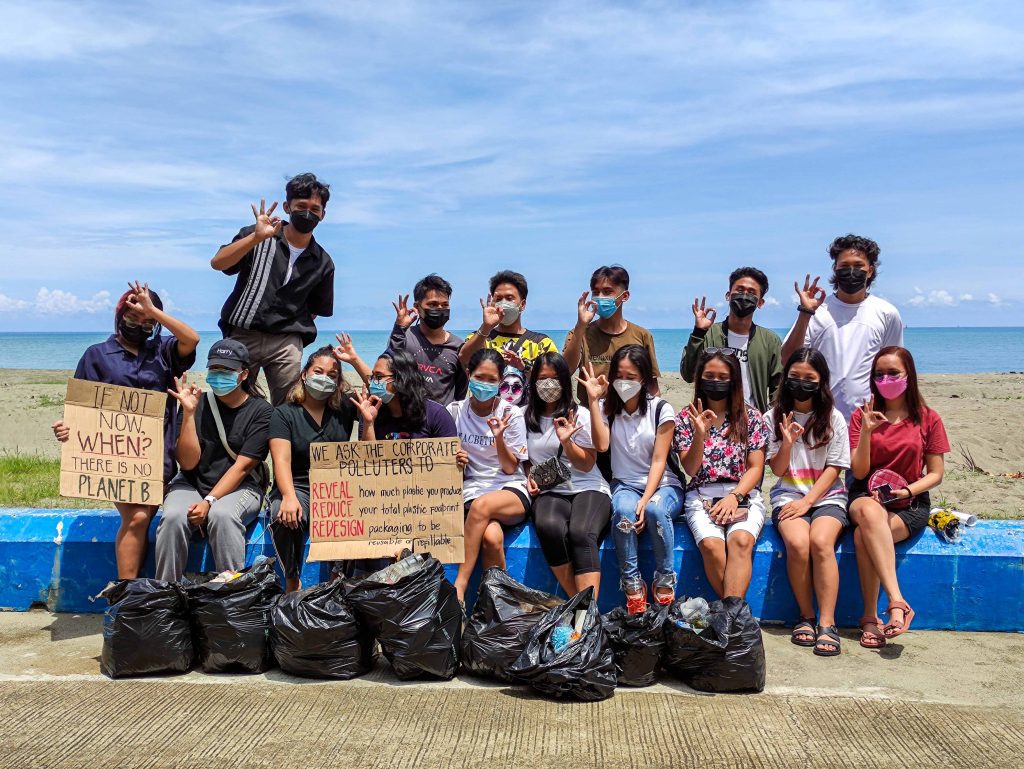
The shore of Odiongan town in Romblon province is where people, families, and groups of friends gather to witness the changing colors of the heavens as the sun goes down.
The sky changes from minute to minute. From blue to orange-yellow to flamboyant pink until the golden disc touches the surface of the ocean.
The coastline, the sunset, and the onshore breeze are gifts of nature for many residents of Odiongan. “The experience itself is rejuvenating,” said Celestia Alexi Miñon.
Miñon, however, said that these “gifts of nature” and “the experience with them” are now threatened by the increase in plastic waste pollution.
In 2020, someone posted on Twitter about the amount of plastic waste polluting the shoreline of Odiongan that eventually ends up in the ocean.

The Twitter post became a thread as others commented and expressed their sentiments about the condition of the town’s beach, which “looked like a dumpsite of plastic wastes.”
Miñon said people who reacted to the post, who were mostly youths, agreed that they have to do something to help address the plastic waste problem and take care of the coastline.
“It took us almost a year to formally organize a group that would help promote a zero-waste community in our town and in the province,” said Miñon.
In June, at least 30 young people in the municipality established the ‘Zero Waste Youth Romblon’ or ZWY-Romblon that “aims to make positive changes in the environment.”
“Everyone has the desire to help our community in providing solutions to the existing environmental issues such as plastic waste through small but concrete ecological actions,” said Miñon who heads the group.

The group conducts regular clean-up activity on the shoreline and collects all kinds of plastic waste, then segregates them to separate the recyclables and the residuals.
Miñon said the most common waste that they collect is single-use plastics and plastic bottles. “We sure can recycle the bottles but it is very frustrating when it comes to the residuals that we cannot reuse or recycle.”
According to the 2021 report by Oxford University’s Our World in Data, “most of the plastic in our oceans comes from land-based sources.
The report said some 70 to 80 percent of plastic waste found in the ocean “is transported from land to the sea via rivers or coastlines,” while the other 20 to 30 percent “comes from marine sources such as fishing nets, lines, ropes, and abandoned vessels.”
The report also revealed that 81 percent of global ocean plastic comes from Asian rivers and the Philippines alone contributes a third of that total.
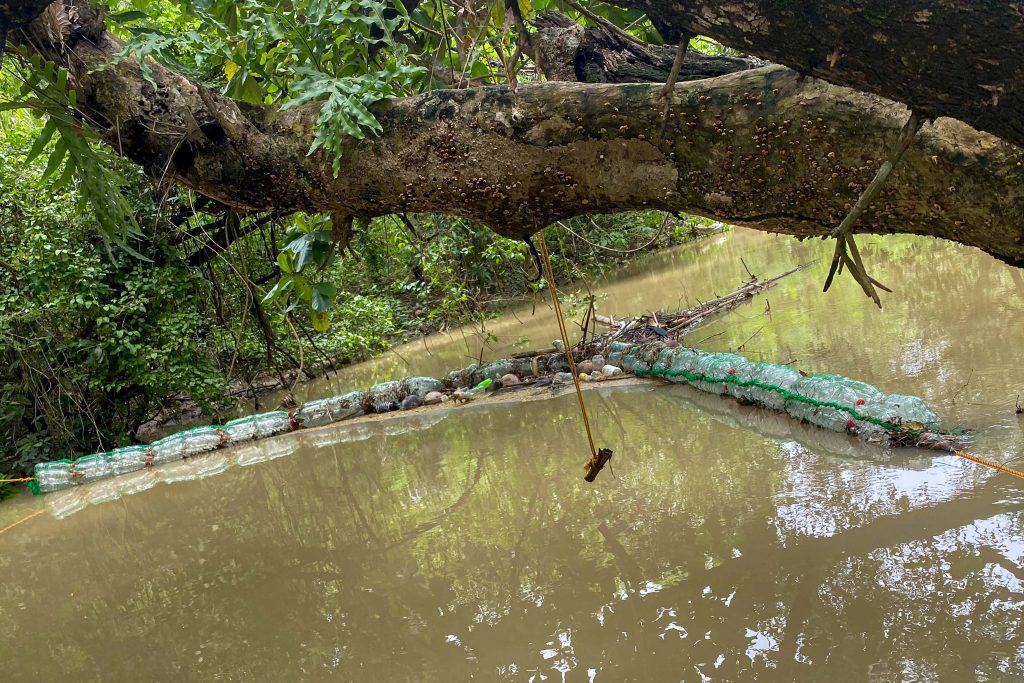
Seven of the top ten rivers are in the Philippines, two are in India, and one is in Malaysia. Plastic polluting rivers in the Philippines include the Pasig River, Tullahan River, Meycauayan River, Pampanga River, Libmanan River, Rio de Grande River, and Agno River.
The report said plastic pollution is dominant where the local waste management practices are poor. “There is a large amount of mismanaged plastic waste that can enter rivers and the ocean.”
The Pasig River alone in the National Capital Region provides up to 6.43 percent of ocean plastic originating from rivers.
Miñon said her organization agrees that the people of Romblon, especially the youth, must “do something to prevent our rivers from being listed as the most polluting rivers.”
In August, ZWY-Romblon member Jerome Gacu came up with a design of a “river floater” that aims to collect plastic waste floating in rivers.
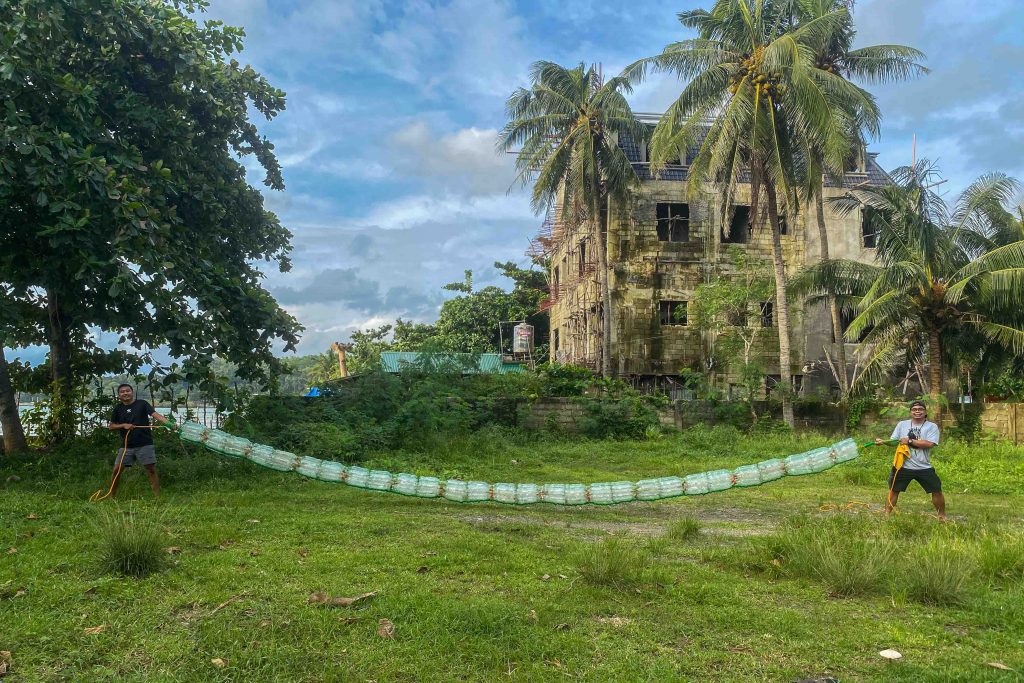
Gacu, a civil engineer in his early 20s and taking up a master’s degree in Water Resource Specialization, consulted another engineer who is working with the local government of Odiongan about the design.
The two engineers agreed that they can use plastic bottles wrapped together using old fishing nets to serve as floaters.
ZWY-Romblon conducted a “plastic bottle collection” campaign in the municipality to be used as materials for the floaters.
“We used at least 200 1.5-liter plastic bottles to make an eight-meter prototype of the river floater and installed it in a small river,” he said.
Gacu said they are in the process of “waste characterization” to determine “what kinds of plastic waste are in our rivers and end up in our ocean.”
He said they are also gathering data to help them “improve the design of the river floater and make it more efficient and effective.”

The prototype was presented to the local government of Odiongan and to different village councils.
“Local officials agreed that the river floater must be replicated and installed in other rivers in the municipality,” said Gacu.
Gacu and other youth environmental advocates in Odiongan are now collaborating with various village councils for the production and installation of river floaters.
The recent report published by Greenpeace stated that global production and consumption of plastics have increased dramatically since the 1950s.
In 2020 global plastic production reached 367 million metric tons, up from 359 million metric tons in 2018.
Greenpeace said if business as usual continues, “industry estimates predict that plastic production could double by 2030-2035 and triple by 2050, in comparison to 2015.”
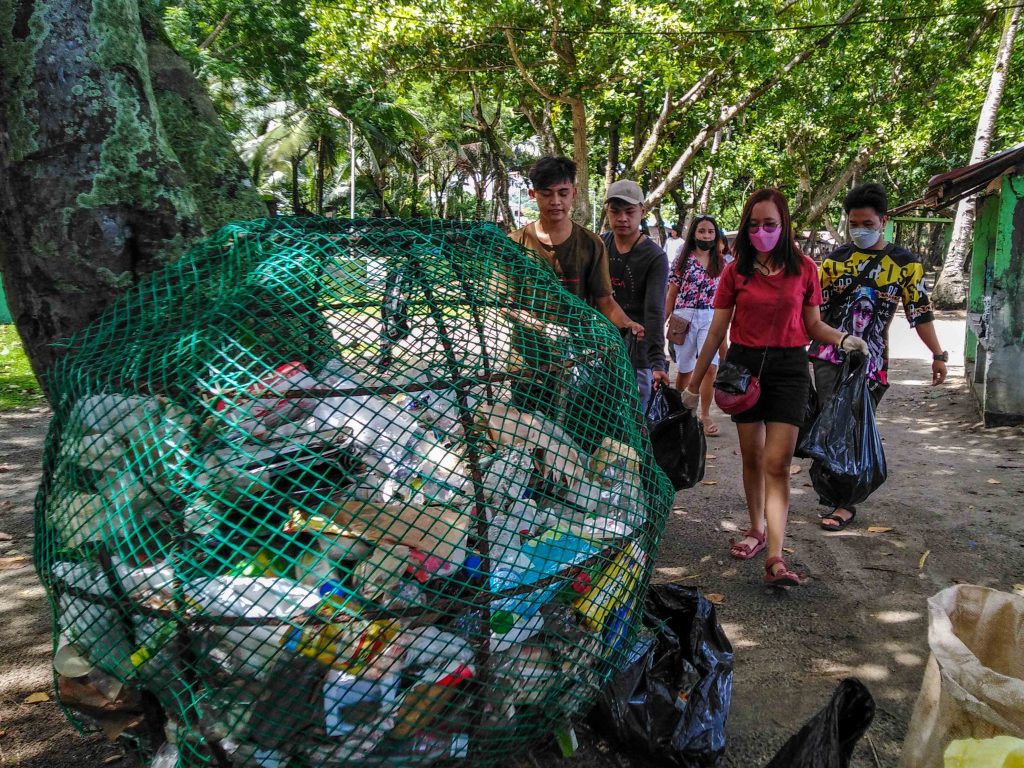
Producers of the five primary single-use plastic polymers in the world plan to increase capacity by 30 percent or an additional 70 million metric tons in the five years between 2020 and 2025.
Greenpeace called on companies to “set reuse targets of at least 25 percent reusable packaging by 2025 and 50% by 2030.”
“Sectors for which a switch to reuse is comparatively easy – such as soft drinks, mineral water, alcoholic beverages, and coffee chains – should set more ambitious targets than this,” the group said.
Rodne Galicha, executive director of Living Laudato Si Philippines, said while communities are doing their part to protect the environment, “companies must phase out all single-use plastic.”
He said plastic pollution “must end at the source,” adding that companies must stop producing unrecyclable or hard-to-recycle plastics.
Galicha urged the Philippine government to improve the country’s waste management systems and implement policies that would make big polluters accountable.
As for the young people of Odiongan, the battle against plastic waste pollution is “a mission” that they chose to take “if we want a better and brighter future.”

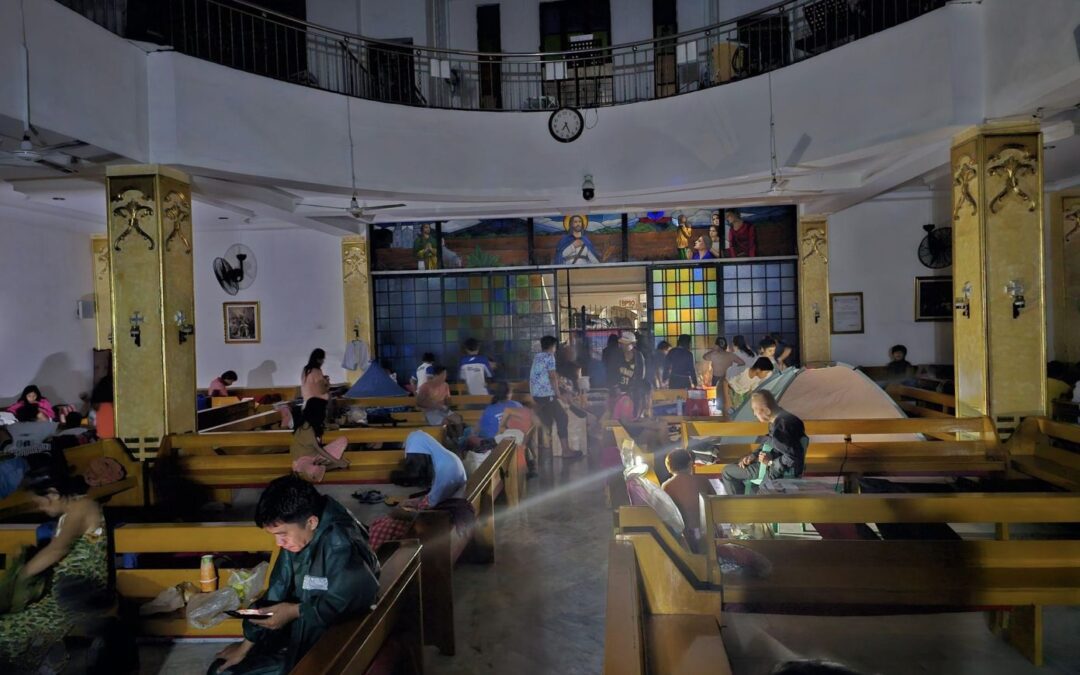
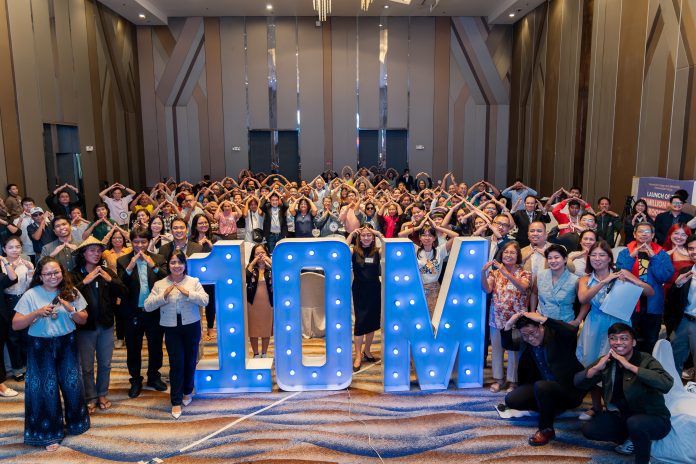
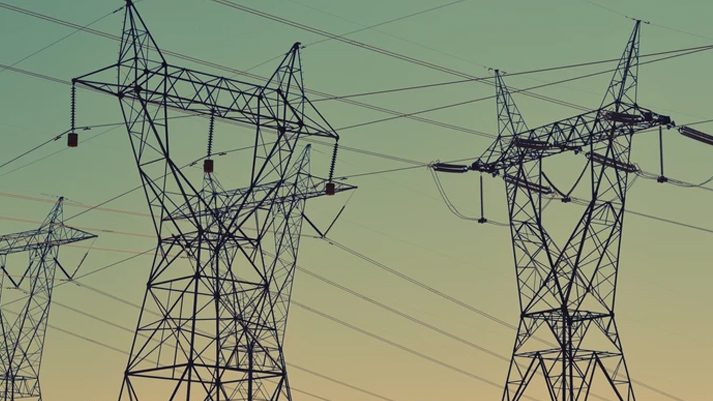
0 Comments